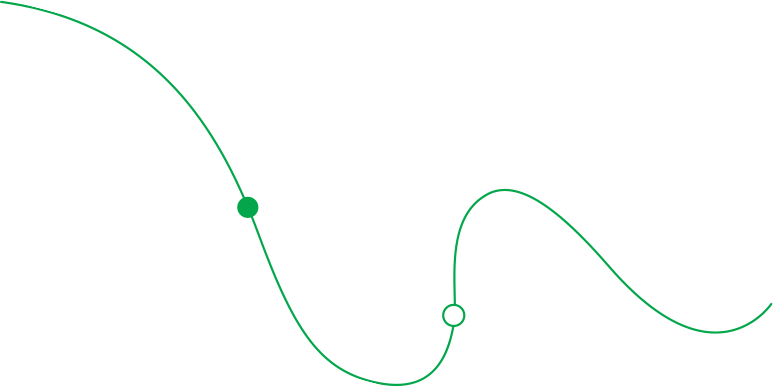
In the world of supply chain management, logistics plays an important role in making sure that products move smoothly from manufacturers to consumers. As businesses evolve and their supply chains become more complex, different logistics models have emerged to address a variety of needs. These models range from 1PL to 5PL, each offering unique advantages and levels of service. Let’s take a deeper look at what these terms mean and how they can benefit businesses.
1PL (First-Party Logistics)
1PL stands for First-Party Logistics. In this model, a company handles all logistics activities internally. This means the company owns and operates its own transportation, warehouses, and distribution systems without relying on external service providers.
Advantages:
- Control: companies have full control over their logistics processes, allowing them to make quick adjustments and maintain high standards.
- Customization: the ability to tailor logistics operations to fit specific business needs and preferences.
- Direct communication: easy and smooth communication since everything is managed in-house, leading to fewer misunderstandings and faster decision-making.
Example:
A small local bakery that owns its delivery vans and handles its own distribution to various outlets in the city.
2PL (Second-Party Logistics)
2PL involves outsourcing specific logistics functions to a service provider that owns the assets. These service providers offer transportation or warehousing services without managing the entire logistics process.
Advantages:
- Expertise and resources: companies can leverage the specialized skills and resources of the logistics provider.
- Cost savings: reduces the need for heavy capital investment in logistics infrastructure like trucks and warehouses.
- Scalability: Easier to adjust the scale of operations based on business demand.
Example:
A medium-sized retailer that contracts a trucking company to handle the transportation of goods from their warehouse to retail stores.
3PL (Third-Party Logistics)
3PL providers offer a comprehensive range of logistics services. These can include transportation, warehousing, order fulfillment, inventory management, and more. They act as an external partner managing significant portions of the supply chain.
Advantages:
- Broad services: provides a wide array of logistics services under one roof, simplifying logistics management.
- Focus on core business: allows businesses to concentrate on their core activities while the 3PL handles logistics.
- Flexibility and scalability: adaptable to changing business needs, allowing for growth or seasonal adjustments.
Example:
An e-commerce company outsourcing its warehousing, order fulfillment, and shipping to a third-party logistics provider like DHL or UPS.
4PL (Fourth-Party Logistics)
4PL providers, also known as lead logistics providers, manage the entire logistics process on behalf of the client. They often oversee multiple 3PLs and act as a single point of contact for the entire supply chain.
Advantages:
- Integrated management: Offers comprehensive management of the supply chain, from procurement to delivery.
- Strategic coordination: Provides strategic oversight and coordination among various logistics providers, ensuring optimal efficiency.
- Cost and efficiency improvements: streamlines operations and reduces costs through better resource management.
Example:
A multinational corporation using a 4PL provider to oversee its global supply chain, coordinating activities across different countries and logistics partners.

5PL (Fifth-Party Logistics)
5PL providers represent the most advanced logistics model, integrating and managing entire supply chain networks through sophisticated technology. They focus heavily on e-business and use advanced tools for optimization.
Advantages:
- Technological Integration: Uses cutting-edge technology for real-time tracking, data analysis, and supply chain optimization.
- End-to-End Solutions: Manages the complete supply chain from procurement to delivery, ensuring seamless operations.
- Innovative and Agile: Highly adaptable to market changes, capable of implementing innovative solutions quickly.
Example:
An online retailer employing a 5PL provider to manage its entire supply chain, from sourcing materials to delivering products to customers, utilizing advanced software for tracking and optimization.
Choosing the right logistics model is essential for optimizing a supply chain. The 1PL and 2PL models give more control and work well for simpler logistics needs, while the 3PL, 4PL, and 5PL models offer comprehensive solutions for complex, large-scale operations. Understanding the benefits of each model helps businesses make strategic decisions to boost efficiency, reduce costs, and improve overall supply chain performance.

